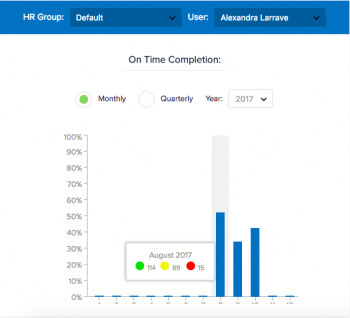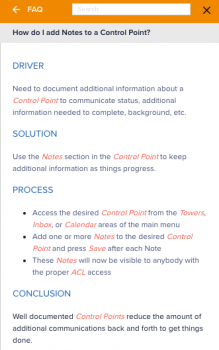Nowadays, we are spending more and more time working at all hours of the day and night. Worst yet, we talk ourselves into believing that things will get better soon.
Insights: Productivity
The gig economy is here to stay. Intuit estimates that by 2020, as many as 40 percent of Americans will be contingent, contract, or “gig” workers. Gig workers can be freelancers, independent contractors, or any other outsourced employees who are hired on a per-project basis.
Some of these contingent workers choose to work outside of a payroll system either as full-time freelancers or as part-time workers who supplement their income by picking up gigs. Others take contingent jobs out of necessity even though they would prefer full-time employee status.
We live in a world that measures everything. A world that tells us that metrics are important. However, we often fall on the trap of measuring and reporting on things that are either not useful or not used by anybody.
With such a huge proliferation of task management, getting things done (GTD) apps, and checklist software, it’s no surprise that many attempts have been made to try to simplify the evaluation and selection process.
But have you ever tried to find something in Capterra, one of the most comprehensive software catalogs out there? There are 50+ software solutions listed in each of the following categories: workflow management, task management, and project management.
How are you supposed to compare or evaluate what’s best for your specific situation?
There has been a lot of buzz recently about WOOP. No, not the sound you make when you’re really excited about something. We’re talking about W.O.O.P., a productivity solution developed by Dr. Gabriele Oettingen that provides a framework for accomplishing big goals one step at a time. W.O.O.P. stands for “Wish, Outcome, Obstacle, Plan,” and it outlines the four steps that make it most easy for you to actually accomplish your goals.
Holding people accountable in the workplace requires a full closed feedback loop to be really effective. If we are able to track actual results as people complete their assigned tasks, do you think they will be more inclined to make sure things get done?
Everybody is talking about the power of checklists to improve overall productivity. But how can these simple productivity tools actually significantly improve quality of life?
Software companies are trying to figure out how to empower their users so they can figure things out on their own. Intuitive graphical user interfaces, embedded help, FAQs and user forums are some of the concepts that have developed recently to help software companies scale more efficiently.
We often engage with our clients in the early stages of a CommandHound-driven accountability initiative to help them define how to best use CommandHound in conjunction with their existing operational systems.
Most people nowadays use a number of disparate applications and methods to store all of their action items, projects, and tasks. Why is it so hard to consolidate that mess into a common approach that tracks and reminds us of what needs to get done in one place? Here is a way out.









